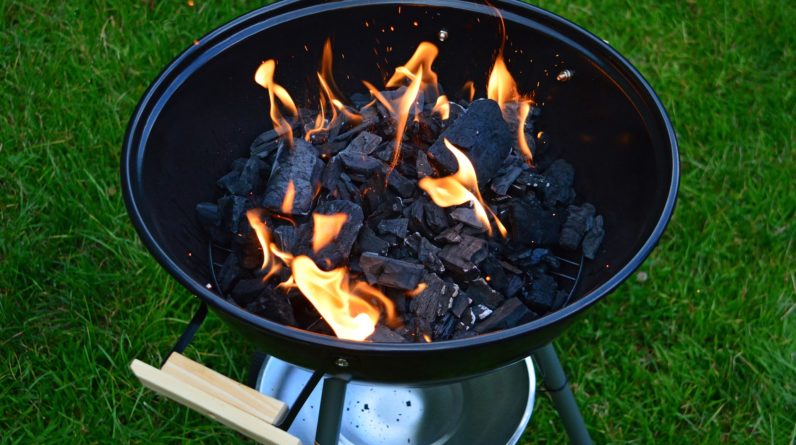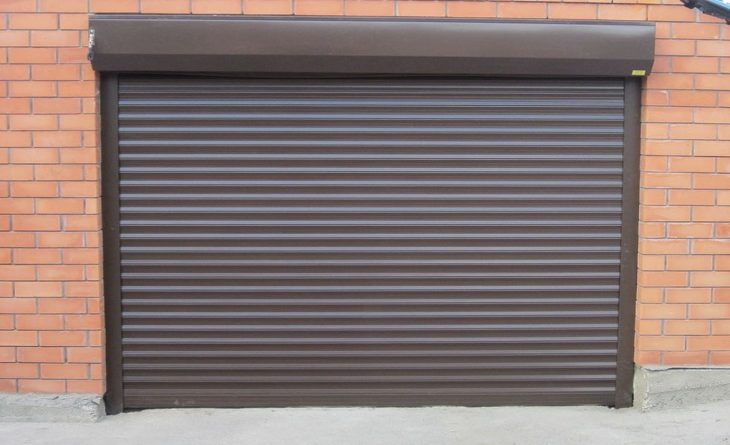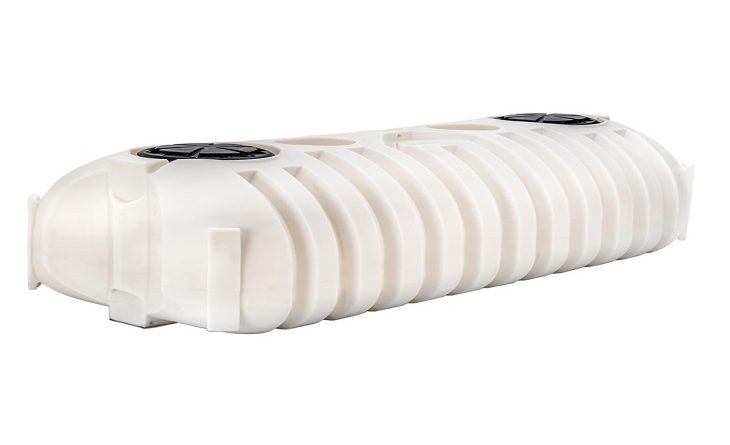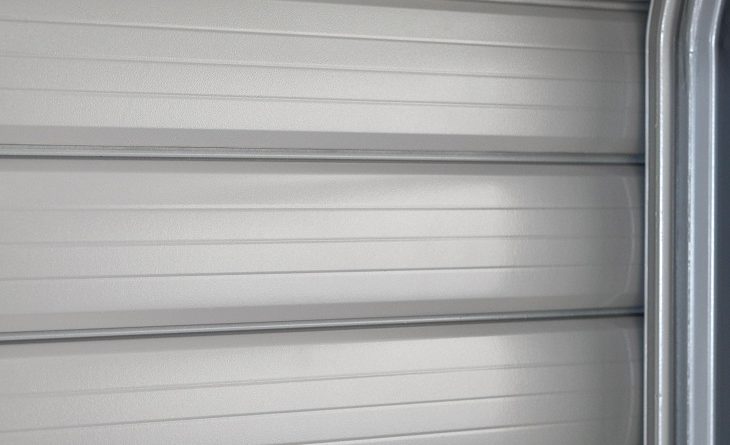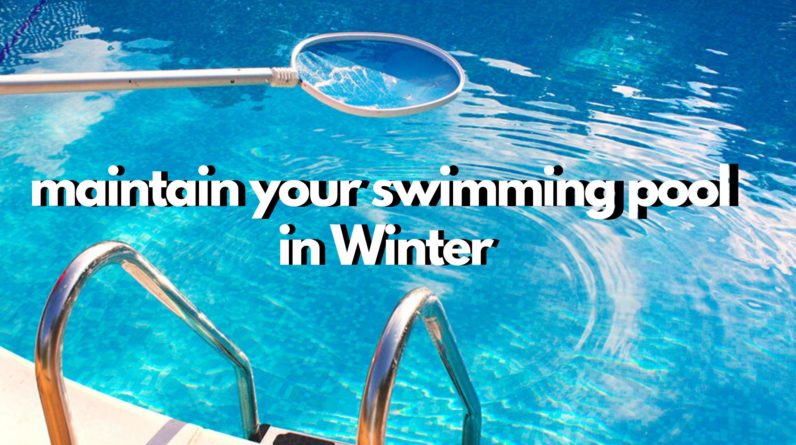
Everyone loves a summer by the pool. But even if you’re lucky enough to be able to swim from spring to fall, the winter weather usually signals the end of the swimming season.
When the time comes to put the cover on and retire the pool for the season, you want to make sure you’re doing everything you can to protect it. Pool parts can be expensive, but proper preparation and maintenance for the winter season can prevent costly reopening expenses and get you back swimming sooner.
Tips for Maintaining Your Pool This Winter
Remove All Accessories
To make the rest of the maintenance tasks easier, it helps to remove all of the accessories from the pool. This includes anything on the bottom, the pool cleaner robot, ladders, steps, and anything else that may complicate cleaning or contribute to algae buildup. If you decide to use a chlorine shock treatment later, this also helps prevent discoloration or damage to your accessories.
Remove Debris from Pool and Filter
When they’re open, swimming pools can accumulate a lot of debris and random materials that clog up filters. Fortunately, regular use means that it’s easy to see when something needs to be removed. But when enclosed and left for the summer, organic materials like grass, leaves, and more can disintegrate and lead to algae buildup and other harmful effects on the pool’s water.
After you’ve removed the accessories, it’s time to remove everything else. Skim for grass, leaves, bugs, or anything else that isn’t water. You’ll also want to clean out the filter so that if there is more debris that finds its way in, the filter will be clear and ready to handle it. This way, you’ll be able to better maintain the water’s pH, cut down on unwanted growth, limit damage to pool lining, and overall make maintenance (and eventually opening) easier.
Test and Clean All Essential Systems
Closing your pool up for winter is a great time to inspect all of your swimming pools equipment to ensure things are working correctly. After a long season (or seasons) of use, maintenance on the pump, filter, heater, and chlorinator is important so that you can be worry-free while you run them in winter.
You should backwash the filter, run the pump, use the heater, and check on the chlorination cell. If any problems arise you can fix them before they are given a full season to cause even more damage. You’ll also avoid opening delays, which means your swimming pool can be back in action more quickly if everything works how it is supposed to.
Balance the Water
Chemically balancing the pool water is important not only for swimmer safety in the summer, but also for avoiding damage to the internal system and preventing organic growth in winter. Algae and other organisms can grow in the darkness of a covered pool, so keeping the water properly balanced can reduce the chances of your water turning green. Fortunately, without swimmers it is easier to keep the levels balanced, but check regularly anyway so that when spring or summer rolls back around, your pool is ready.
Cover the Pool
An inground pool cover is essential for periods where your pool isn’t going to be in use. A pool cover prevents debris from getting in, stops critters from getting stuck, and helps keep the wear down on your pool’s systems.
Continue Regular Circulation Daily
Depending on the climate and particular temperatures you experience in winter, your pool may be at risk of freezing. To prevent this, it’s wise to run your pump and other systems for 4-6 hours per day to keep water circulating. If your temperatures don’t regularly go below freezing, 3-4 hours of circulation should be enough to keep your pool healthy.
Read also:
There’s Still Time to Get a Pool Installed Before Summer!
Maintenance tips for your saltwater pool


